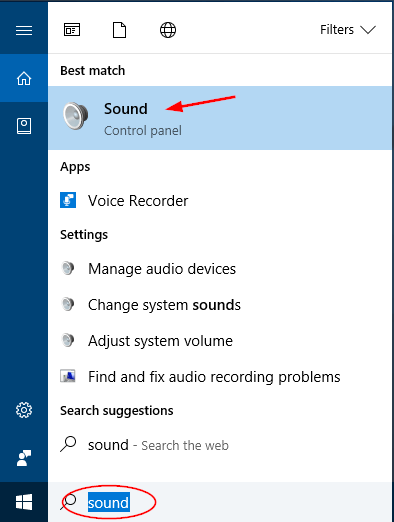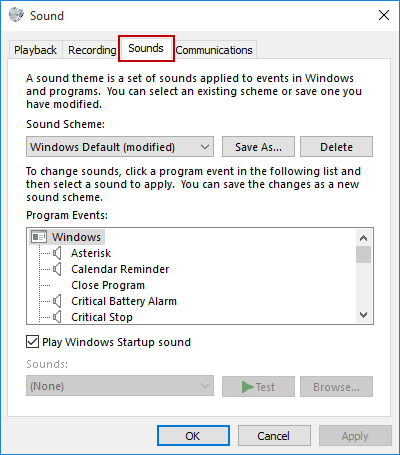
If the media player you have cannot play the file, try renaming it with ".ogg" at the end. The first two letters of the file name ("c1") will match the folder that the file is in as well knowing this can help locate specific files faster.Īfter locating the file, you can test it to make sure it is the right one by playing it with a media player that is able to play. Perform a search in the directory objects under assets and you should find a file with the same exact string this is the file "menu1.ogg", one of the pieces of music that plays on the menu screen. Once opened, you may find something that looks like this: Programs such as Notepad++ are recommended to help make the file more readable. Select the version you want and open the sounds.json file with a program that supports it, such as Notepad.

In the Registry Editor window, navigate to the following path from the left sidebar.

Press the Win + R keys to open the Run dialog box, and then type regedit in the box and hit Enter. In addition to the above 2 methods, you can find the current Windows 10 wallpaper location via Registry Editor. Find Current Windows 10 Wallpaper Location via Registry Editor After a moment, the themes files or folder will be shown in the subdirectory and you can open the folders to find your desired themes. Type the %localappdata%\Microsoft\Windows\Themes text in the search bar and hit Enter. Press the Win + E keys to open the File Explorer window. To find the Windows 10 themes location, please the steps below:

The themes that you downloaded are located in the local user directory if you haven’t changed it.

These themes include your favorite game, outdoor views, etc. Microsoft often releases the Windows 10 theme pictures via the Microsoft Store. Then you can find the Windows background picture location in the Themes folder. Some Windows 10 users want to use the Windows 10 Themes instead of the standard background pictures. Find Windows 10 Wallpaper Location in Your Themes Folder


 0 kommentar(er)
0 kommentar(er)
